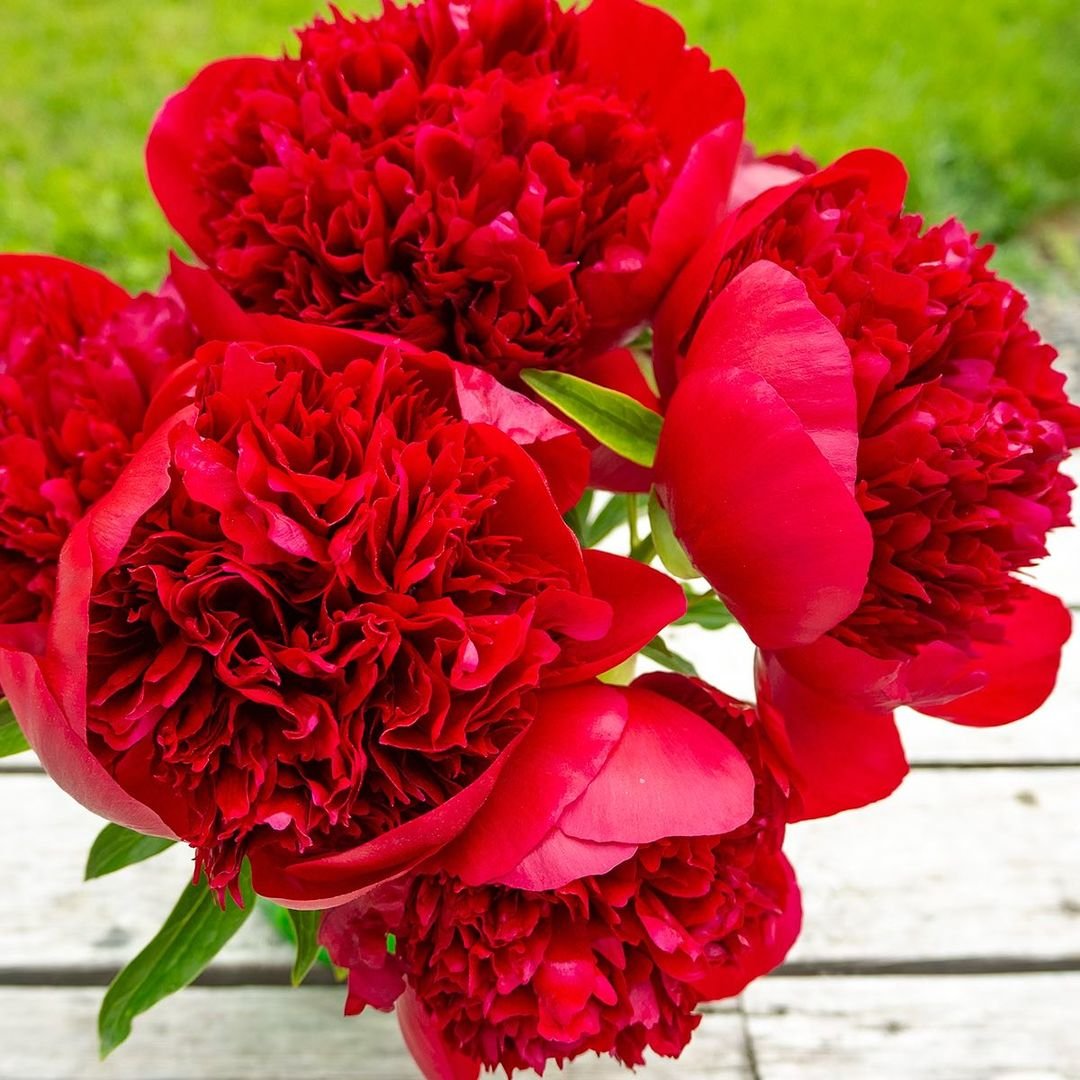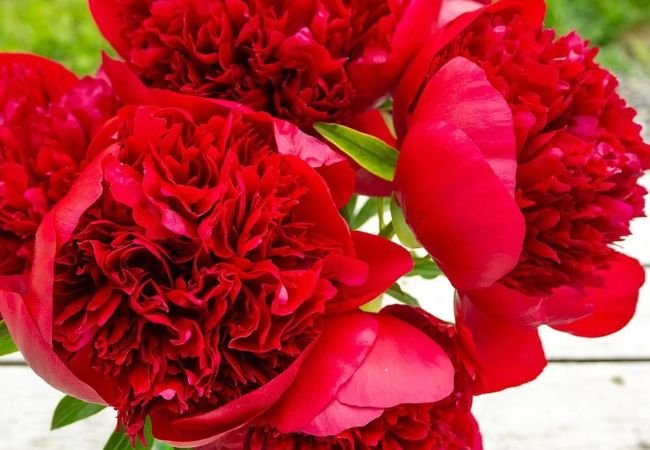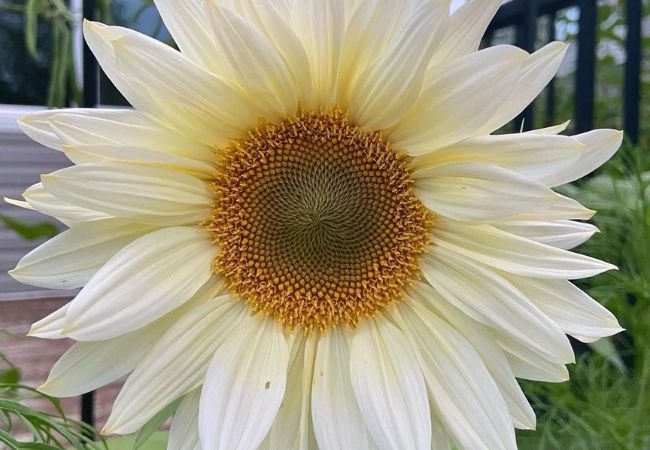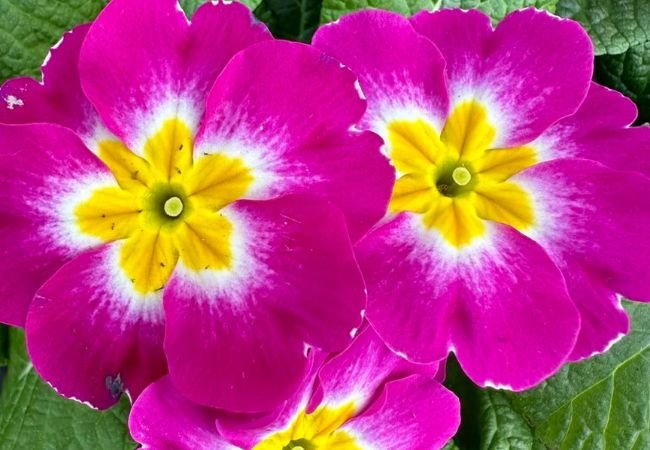Learn how to grow and care for red peonies, known for their bold and beautiful blooms. Get tips on planting, maintenance and making them the star of your garden.
Red peonies are a stunning addition to any garden, known for their large, lush blooms and vibrant color. These perennial flowers are not only beautiful but also relatively easy to grow with proper care. In this guide, we’ll explore everything you need to know about cultivating and maintaining red peonies to create a show-stopping display in your garden.
Here is a chart with detailed information on Red Peonies:
| Category | Information |
|---|---|
| Botanical Name | Paeonia (Red Varieties) |
| Common Name | Red Peony |
| Plant Type | Herbaceous Perennial |
| Hardiness Zone | 3-8 |
| Sun Exposure | Full Sun to Partial Shade |
| Soil Type | Well-drained, Rich, Moist |
| Watering | Regular, Allow Topsoil to Dry Between Watering |
| Growth Habit | Upright, Bushy |
| Height/Spread | 2-4 feet tall / 2-3 feet wide |
| Special Features | Fragrant Blooms, Long-Lived, Attracts Pollinators, Excellent Cut Flowers, Deer Resistant, Bold Red Blooms |
What Are Red Peonies?

Red peonies are a variety of the peony flower, belonging to the genus Paeonia.
They’re known for their:
- Large, full blooms
- Deep red color
- Sweet fragrance
- Long lifespan (peonies can live for decades!)
Some popular varieties of red peonies include ‘Red Charm’, ‘Kansas’, and ‘Buckeye Belle’.
Planting Red Peonies
When to Plant
The best time to plant red peonies is in the fall, about 6-8 weeks before the ground freezes. This gives the roots time to establish before winter.
Where to Plant
Red peonies thrive in:
- Full sun to partial shade
- Well-draining soil
- Areas with good air circulation
How to Plant
Follow these steps for planting:
- Dig a hole about 2 feet deep and 2 feet wide.
- Mix compost into the soil for added nutrients.
- Place the peony root so the eyes (small pink or white buds) are no more than 2 inches below the soil surface.
- Fill the hole with soil and water thoroughly.
Caring for Red Peonies
Watering
Proper watering is crucial for healthy peonies:
- Water deeply once a week during dry spells.
- Avoid overwatering, as this can lead to root rot.
- Water at the base of the plant to keep foliage dry.
Fertilizing
Peonies don’t need much fertilizer, but a light application can boost growth:
- Apply a low-nitrogen fertilizer in early spring.
- Avoid over-fertilizing, which can reduce blooming.
Pruning and Maintenance
Regular maintenance keeps your peonies healthy:
- Cut back stems to ground level in fall after the first frost.
- Remove any dead or diseased foliage promptly.
- Support tall varieties with stakes or peony rings to prevent stems from breaking.
Common Problems and Solutions
Pests
Red peonies can occasionally face pest issues:
- Ants: These are harmless and actually help the blooms open.
- Thrips: Use insecticidal soap if an infestation occurs.
Diseases
Watch out for these common peony diseases:
- Botrytis blight: Remove affected parts and improve air circulation.
- Powdery mildew: Treat with a fungicide if severe.
Making Red Peonies the Star of Your Garden
Red peonies can be a stunning focal point. Here are some design ideas:
- Plant them in groups for maximum impact.
- Pair with white or pink peonies for contrast.
- Use as a backdrop for shorter, complementary flowers.
Using Red Peonies in Floral Arrangements
Red peonies make beautiful cut flowers:
- Cut stems when buds are still tight but showing color.
- Place in cool water and remove lower leaves.
- Change water every few days to prolong vase life.
Growing red peonies can be a rewarding experience for any gardener. With their bold color and luxurious blooms, they’re sure to become a favorite in your garden. Remember to be patient – peonies may take a few years to establish, but once they do, you’ll enjoy their beauty for decades to come.
Whether you’re a seasoned gardener or a beginner, red peonies are a fantastic choice for adding drama and elegance to your outdoor space. Happy gardening!
For more gardening tips and plant care guides, visit usagardenhub.com






